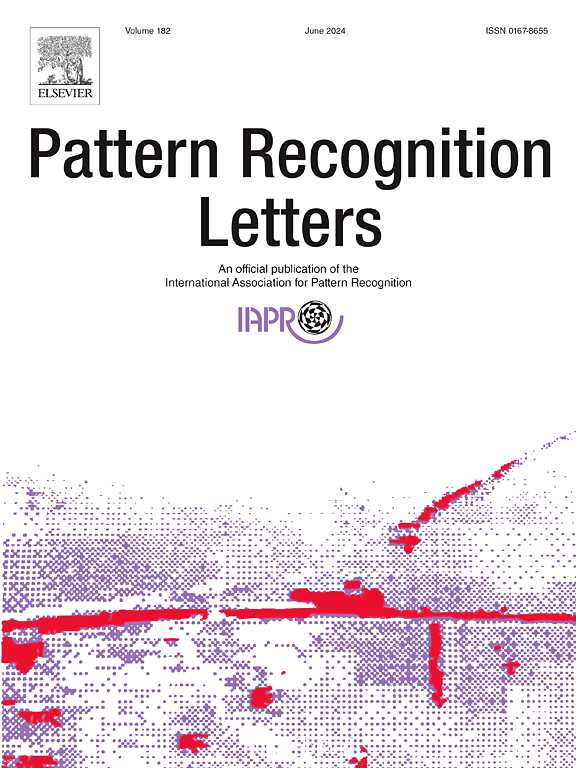Zero-X21: Scale-agnostic image feature conditioned INR for multi-modal and multi-planar anisotropic MRI inter-slice interpolation
IF 3.3
3区 计算机科学
Q2 COMPUTER SCIENCE, ARTIFICIAL INTELLIGENCE
引用次数: 0
Abstract
Combining different planes of multi-contrast anisotropic Magnetic Resonance Imaging (MRI) into high-resolution isotropic and multi-contrast MRI can provide richer diagnostic information. However, this is challenging due to the inherent inconsistencies in image features and other aspects across different views. This challenge can be referred to as the inter-slice interpolation problem of multi-modal and multi-planar anisotropic MRI.
Currently, Implicit Neural Representations (INR) offer the advantage of handling arbitrary up-sampling scales (integer or fractional). However, existing INR-based super-resolution methods often suffer from limitations, including poor generalization ability, inadequate multi-modal information interaction, and limited capacity for image feature modulation.
To address these limitations, we propose Zero-X21, a novel image feature-conditioned INR framework specifically designed for the inter-slice interpolation problem of anisotropic MRI. Leveraging the inherent continuity of INRs, the Zero-X21 framework excels in achieving high-quality results across arbitrary up-sampling scales, surpassing other volumetric super-resolution methods.
Experimental results on a brain MRI dataset demonstrate that the Zero-X21 framework achieves state-of-the-art performance for inter-slice interpolation. Notably, a single trained Zero-X21 model can effectively handle arbitrary up-sampling scales, making it a versatile and efficient solution for this challenging task.

Zero-X21:用于多模态和多平面各向异性MRI层间插值的尺度不可知图像特征条件INR
将多对比各向异性磁共振成像(MRI)的不同平面组合成高分辨率各向同性和多对比MRI,可以提供更丰富的诊断信息。然而,由于不同视图的图像特征和其他方面的固有不一致性,这是具有挑战性的。这一挑战可称为多模态多平面各向异性MRI的片间插值问题。目前,隐式神经表征(INR)提供了处理任意上采样尺度(整数或分数)的优势。然而,现有的基于inr的超分辨率方法往往存在泛化能力差、多模态信息交互能力不足、图像特征调制能力有限等局限性。为了解决这些限制,我们提出了Zero-X21,这是一种专门为各向异性MRI的片间插值问题设计的新型图像特征条件INR框架。利用inr固有的连续性,Zero-X21框架在任意上采样尺度上获得高质量结果方面表现出色,超越了其他体积超分辨率方法。在脑MRI数据集上的实验结果表明,Zero-X21框架实现了最先进的切片间插值性能。值得注意的是,单个训练的Zero-X21模型可以有效地处理任意上采样尺度,使其成为这项具有挑战性任务的通用高效解决方案。
本文章由计算机程序翻译,如有差异,请以英文原文为准。
求助全文
约1分钟内获得全文
求助全文
来源期刊

Pattern Recognition Letters
工程技术-计算机:人工智能
CiteScore
12.40
自引率
5.90%
发文量
287
审稿时长
9.1 months
期刊介绍:
Pattern Recognition Letters aims at rapid publication of concise articles of a broad interest in pattern recognition.
Subject areas include all the current fields of interest represented by the Technical Committees of the International Association of Pattern Recognition, and other developing themes involving learning and recognition.
 求助内容:
求助内容: 应助结果提醒方式:
应助结果提醒方式:


